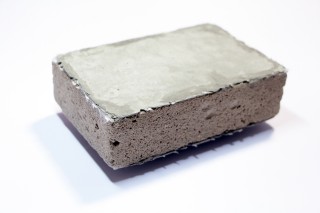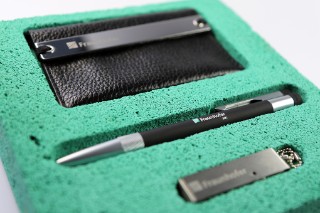
Insulation materials made from renewable raw materials help to relieve pressure on the environment by conserving resources and also make a significant contribution towards a reduction in CO2 emissions. Under the leadership of the Fraunhofer WKI, a consortium of twelve research institutes is conducting interdisciplinary research into holistic solutions in order to significantly increase the application of insulation materials made from renewable raw materials (German: nachwachsende Rohstoffe, “NawaRo”).
more info Fraunhofer Institute for Wood Research
Fraunhofer Institute for Wood Research 


